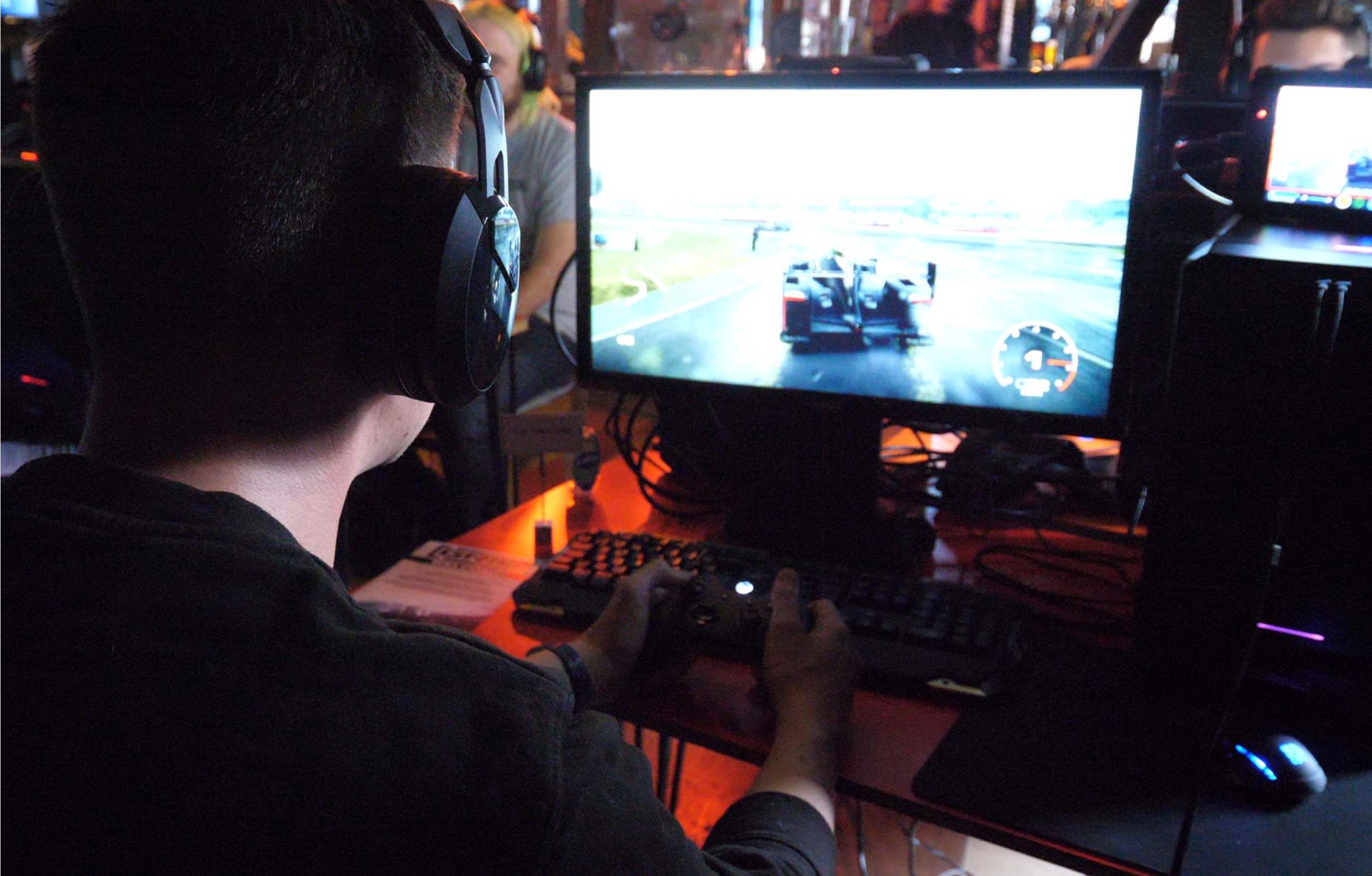Virtual events for game testing: 4 big benefits they provide over the in-person version
Videogames professionals and gaming fans, year after year, have circled the same key industry events into their diaries. There’s the global ramp-up of hype in the lead up to E3. The sound of cosplayers around the world trimming their threads and putting final touches on their costumes in July, while impatiently searching for hotels in San Diego. The anticipation of a healthy dose of fresh game trailers and news updates in August, when we all crowd into the cobblestone streets of Cologne to meet old and new friends at Gamescom.
These keystone events mean something different to all of us, while always being a thrilling experience and a safe, celebratory space for those passionate about play. Despite the recent disruption, we still see the desire from all sides to continue building on those points of connection, and to innovate while doing so. Game testing (with YouTube influencers, press, and public alike) has always been a huge part of all events and expos, a crucial opportunity to gain feedback from the community, build connections and media awareness around a product, and stir up interest for subsequent trials and campaigns.
Above: The halls of Gamescom are gone but not forgotten. We shall tread them again one day, but for now…
With the loss of live events, some of these experiences have been temporarily lost, while others have moved online and evolved into new formats. At Fourth Floor, our experience with gaming, online content creators, and events management has driven success with multiple ‘virtual’ playtest and game demo events during this transition, and also offered up valuable learnings about how segueing these processes into a remote, online format - particularly when working with gaming influencers - can actually offer much richer and more numerous benefits than the traditional, IRL equivalents. Here’s what you need to know.
Virtual game testing events can be a more flexible and more in-depth solution
Offering content creators the opportunity to playtest a game before launch, from the comfort of their at-home studios, can be hugely beneficial. Removing travel time from the equation makes playtesting a far more flexible process, able to fit easily around busy streaming and filming schedules with minimal friction, while allowing creators to spend a greater amount of time and energy focusing on exploring a game’s world and features. And naturally, removing playtesting’s physical barriers to entry also opens up great opportunities for bigger events with more participants.
And it’s not just about the numbers. It’s about engagement too. In our experience running them, content creators participating in virtual playtests make the decision more deliberately, and commit to the experience in a more meaningful way, proving themselves more than willing to dedicate extra time to providing feedback in a survey and engaging in in-depth discussions with development teams. And depending on how they’re run, virtual playtests have the further benefit of being able to extend feedback sessions over several days, allowing us to capture both the immediate response and longer term sentiment.
While live playtests during trade shows and at development studios are a brilliant tool for making contact and building relationships, the former in particular often comes with much distraction regarding conflicting schedules and commitments. Access to a game test at home allows influencers and press alike to set a steady pace over a longer period of time. We are able to see how the game performs fitting around participants’ existing, real-life schedules, how often they return to the game, their total hours spent playing, etc., as well as observing any game-specific preferences of class, weapon, or modes of play in much more ‘real world’ test conditions.
Virtual game testing events can deliver invaluable video content insights
Creators playing at their at-home setups are also fully equipped for recording in the moment, opening up an easy opportunity for gameplay capture and commentary. Rather than simply providing a playtest in isolation, videos can be produced simultaneously, with a variety of purposes. Capturing live commentary during a playtest will provide invaluable and authentic feedback, pinpointing exact moments of delight and friction. Alternatively, creating full-blown, mock VoDs in a creator’s traditional style is a brilliant way to demonstrate what a game’s eventual content response would look like when out in the wild.
Again, familiarity with the home testing set-up gives creators more control, and more time to more naturally play through a game in a style that allows them to capture their best, most authentic content. In conjunction with creators’ close connections to their communities, this enables them to provide invaluable feedback on any adjustments that would make the game perform even better in the all-important post-launch crucible of online video and streaming platforms.
Virtual game testing events can get influencers invested for the long-haul
The benefits of virtual playtests can extend far past the life of the test itself, too. Using these mechanisms to involve content creators early on, and encourage feedback at the game development stage, helps create an attachment to the final product that can run long past launch.
That’s because early involvement in the creation of a product often results in a common cognitive bias, where we place a disproportionately high value on the end result (otherwise known as The Ikea Effect). Creators who are asked to playtest a game and provide feedback - especially in the extended, more naturalistic way afforded by virtual playtests - have a chance to build real connections with the developers, through a shared feeling of responsibility for the final product.
That means that long term, these content creators are able - and more willing - to create more authentic content around and after game launch, showing their genuine excitement. The building of this dynamic is an invaluable tool in both nurturing collaboration between developers and creators, and building a strong, lasting foundation with their game-buying communities. Creators so often act as a tastemaking proxy, gaining buy-in from their communities by showcasing games in their videos and streams. That means that their personal investment in a project is a boon that you just can’t get from yet another loud, confused demo on a crowded show-floor.
Virtual game testing events build fantastic community conversations
And of course, the flexibility and relative agility of virtual playtests allows us to customise their formats, purpose, focus, and duration toward whatever specific outcome and insights a game’s unique identity might require. Building playtests around curated virtual groups opens up an early door to ongoing communication and valuable, bespoke community-building. It also ensures that we can maintain schedules that are convenient for the entire game development lifecycle, without pressure to stick to key dates around live event showcases.
For an early, informative dip-test, we can gather a small group of key creators for a couple of hours’ access and a short feedback session, to gain topline responses and insight into how the game will likely be received by the public, along with thoughts on key improvements. This is a great option to allow publishers to quickly showcase their game to creators, capture their attention, and immediately open up a conversation.
In instances where there is a requirement for ongoing feedback, stress tests, more involvement, and feedback on improvements, larger playtests can be organised by involving the creators’ communities, on a scale that just wouldn’t be possible in-person. Gaining access to thousands of gamers and providing them with a unique opportunity to get their hands on an unreleased title - with time to play with their friends and favourite creators - is a really effective way to tap into quantitative feedback while providing a target community with a unique and appreciated experience.





